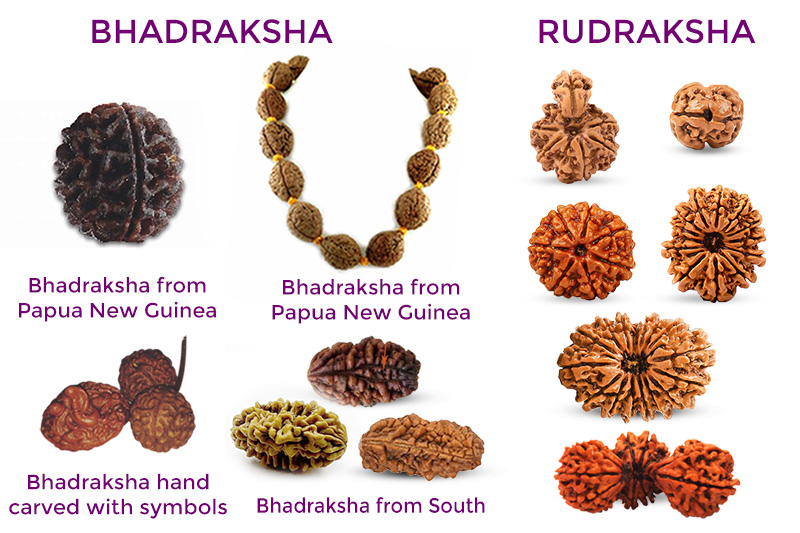
Bhadraksha and Rudraksha
are both names used to describe sacred seeds and their trees. The Rudraksha is a fruit nut of the purple olive
Elaeocarpus genus trees
and specifically of its species Elaeocarpus angustifolius. There are more than 500 varieties of the Elaeocarpus species, but only a few of them bear fruits and the nuts that are derived from these fruits are the Rudraksha. Elaeocarpus Ganitrus species in Indonesia produces the largest number of Rudraksha beads in the world and in local language these beads is called Biji Ganitri. These beads are smooth and small in size ranging from 2mm to 14mm with size averaging to about 8mm.
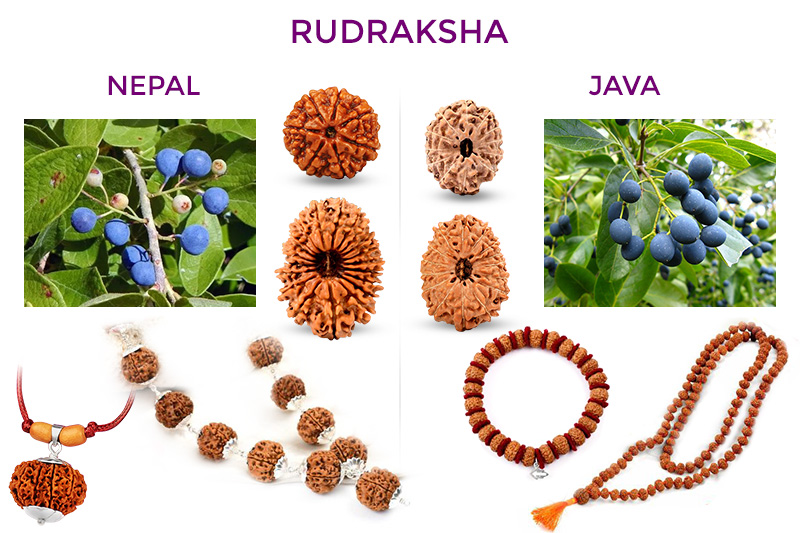
In Nepal, it is the Elaeocarpus Sphaericus species that produces the most popular beads with thorny protrusions and deeper ridges and bigger in size proportion that range from 14mm to 35mm with size averaging to 18mm. Rudraksha beads are considered sacred in Hinduism and you will find strings of these beads popularly used in meditation and chanting. Also they are used to prepare spiritual jewelry for mental and physical healing purposes, among other multiple benefits. Their therapeutic properties and spiritual significance makes them highly valued.
The beads are characterized by a features as below and only because of them they highly eulogized in ancient scriptures and valued for prayer, meditation, yoga and healing.
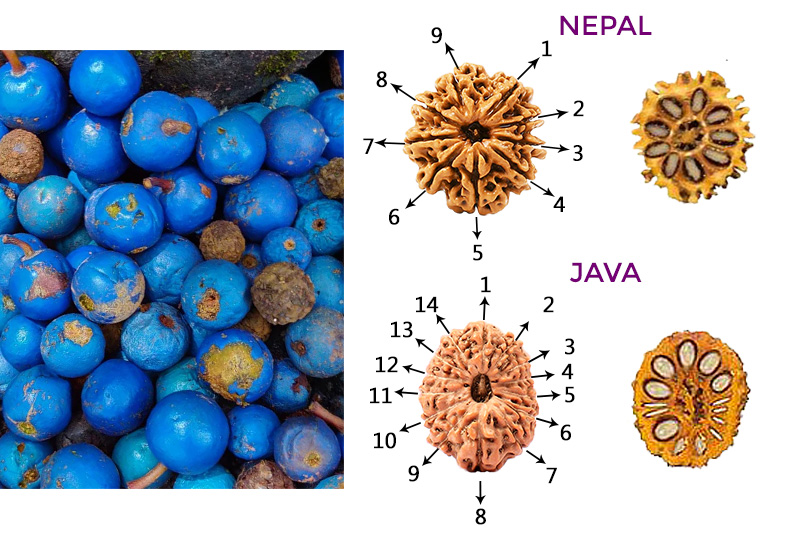
- The fruit has a bright blue coloured skin. It is attributed to a natural phenomenon called 'structural coloration' rather than pigmentation.
- The beads have a central cavity that turns into a hole when cleaned.
- The beads have a number of facets or faces on the surface known as mukhis, which can vary. These faces are in form on white lines on Indonesian beads and in form on ridges in Nepal beads.
- Each face corresponds to a seed beneath it that lies in a compartment.
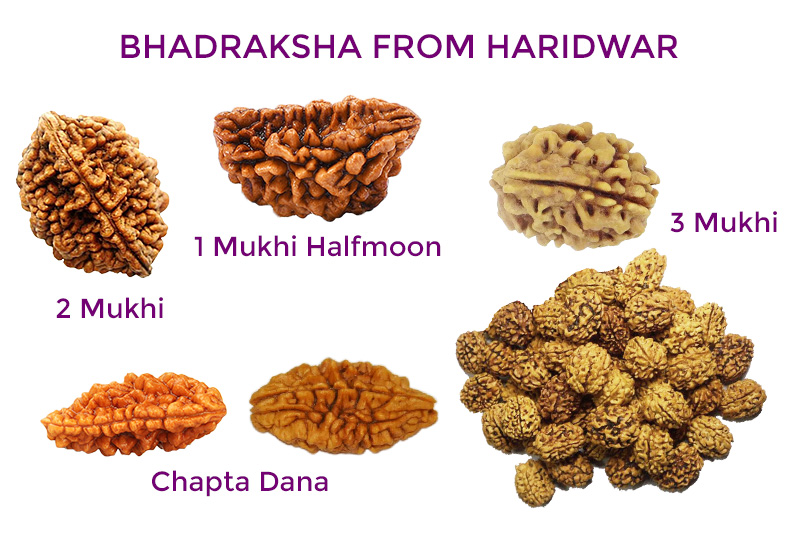
Bhadraksha beads are generally larger in size, have more thorny protrusions on the surface and they mimic the appearance of Rudraksha beads. The South Indian and Sri Lankan varieties belong to the Elaeocarpus Serratus species and produce cashew nut shaped elongated oval beads that are coarse in appearance. These are sold popularly as 1 mukhi half moon (Kaju dana). Also 2, 3 and 4 mukhi elongated beads (Chapta dana) are found in these trees. E. grandis species trees are found in Southeast Asia and papua region and produce Giant beads of size ranging from 25mm to 60mm. Uttaranchal trees in India belong to species Elaecarpus Oblongus and produce bhadraksha beads commonly sold as 1, 2 or 3 mukhi. Assam trees produce 2 mukhi bhadraksha beads which are light weight and more thorny as compared to Rudraksha beads.
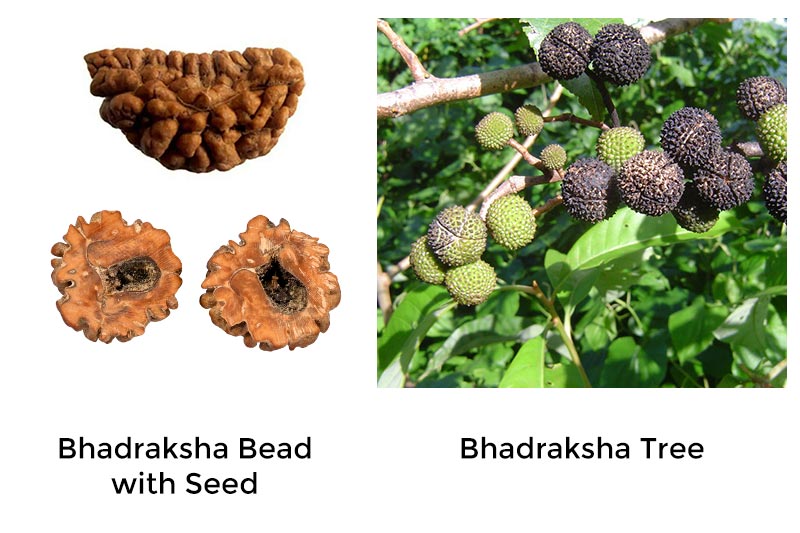
The bhadraksha beads as opposed to Rudraksha are characterized by:
- No skin at top of fruit or brown colour skin
- No central opening. When drilled, it pierces through the central seed of the bead.
- Limited/ Fixed ridges on the beads on a tree ranging from 1 in number to maximum 9.
- The ridges do not correspond to compartment with seed within the bead.
- These Bhadraksha bead are purely ornamental for the most part, and do not possess the powerful properties of the Rudraksha beads.
Properties of the Rudraksha Tree
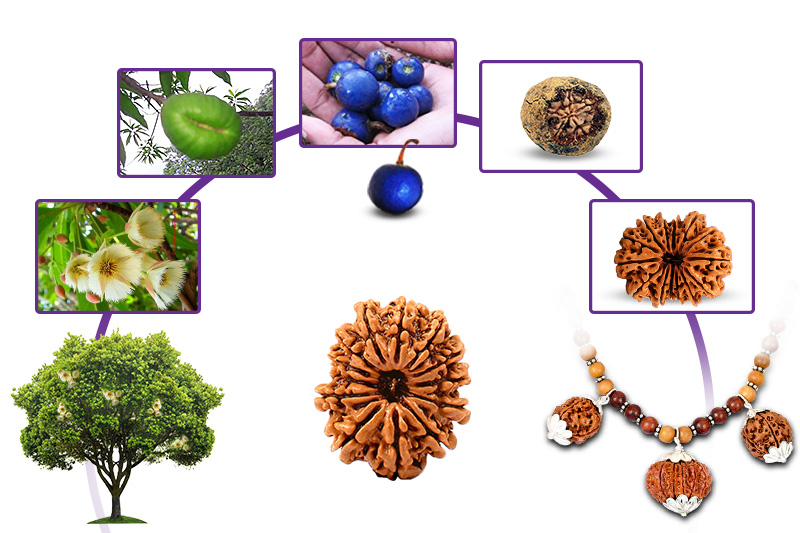
Elaeocarpus angustifolius has two popular varieties namely Elaeocarpus ganitrus which spreads far and wide in Indonesian region of and E. sphaericus in Nepal. It is a large evergreen tree, often with buttress roots, and has leaves with wavy serrations, creamy white flowers and more or less spherical bright blue drupe fruit. It is known by names as utrasum bean tree, woodenbegar, Indian bead tree, genitrix and blue marble tree. In India, the cleaned pits of the fruit of this tree are known as rudraksha in the Hindi language (from Sanskrit: rudrākṣa, meaning 'Rudra's teardrops' or 'eyes') and are widely used as prayer beads, particularly in Hinduism.
They find replete mention in the ancient puranas and texts like Shiva Purana, Srimad Devi Bhagawatam and Jabala Upanishad which praise them for their healing and spiritual benefits. They are characterized by a thorny and yet smooth structure, distinct Mukhi lines visible outside as lines or grooves and a natural hole which makes them very appealing and apt to wear as a jewelry bead.

-in-Astrology.jpg)
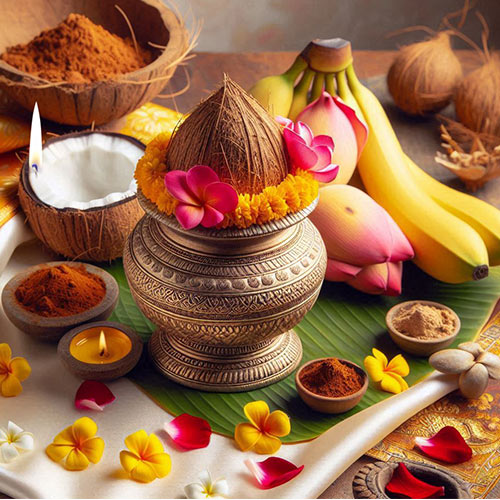
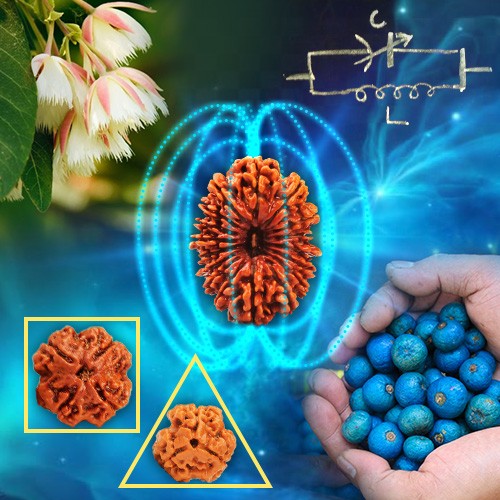
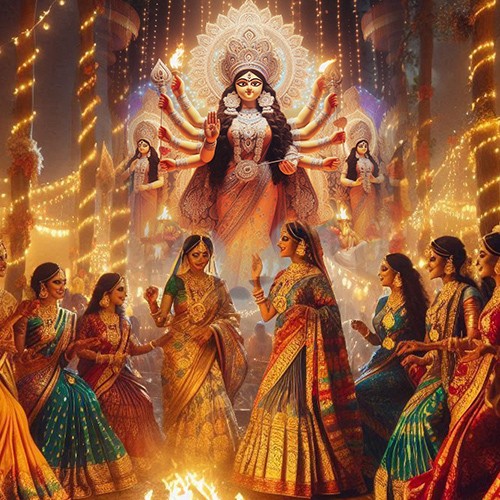
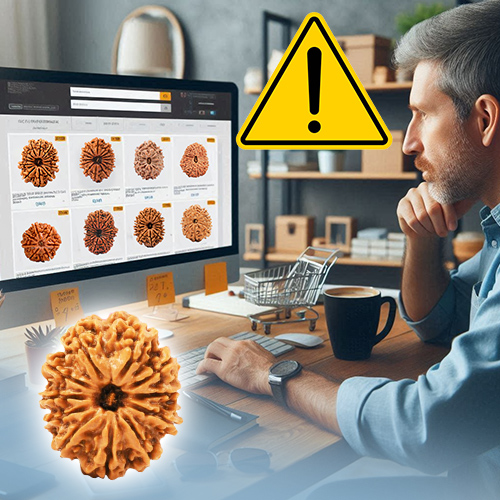
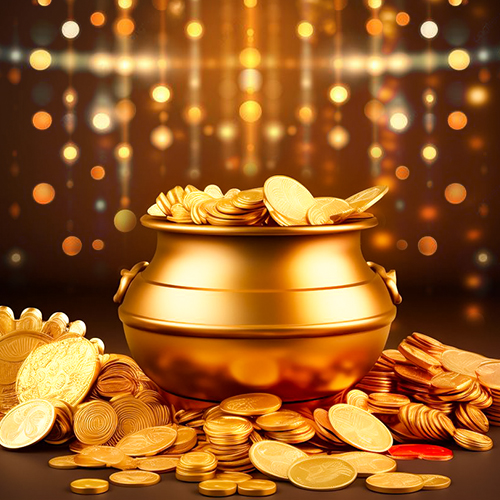
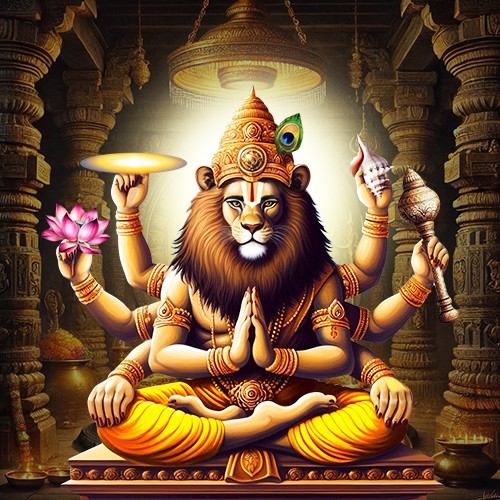
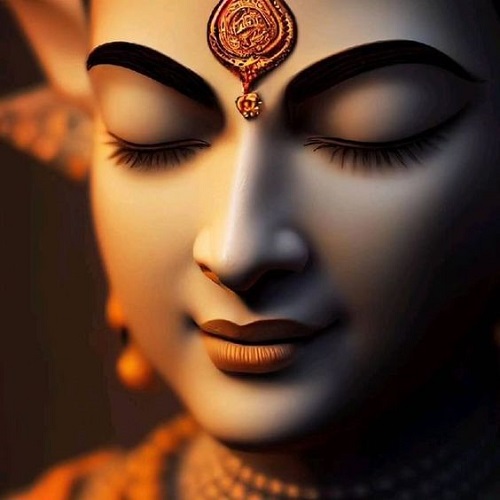
.jpg)
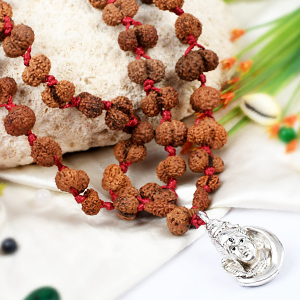
-Rudraksha-Beads---Thumbnail.jpg)
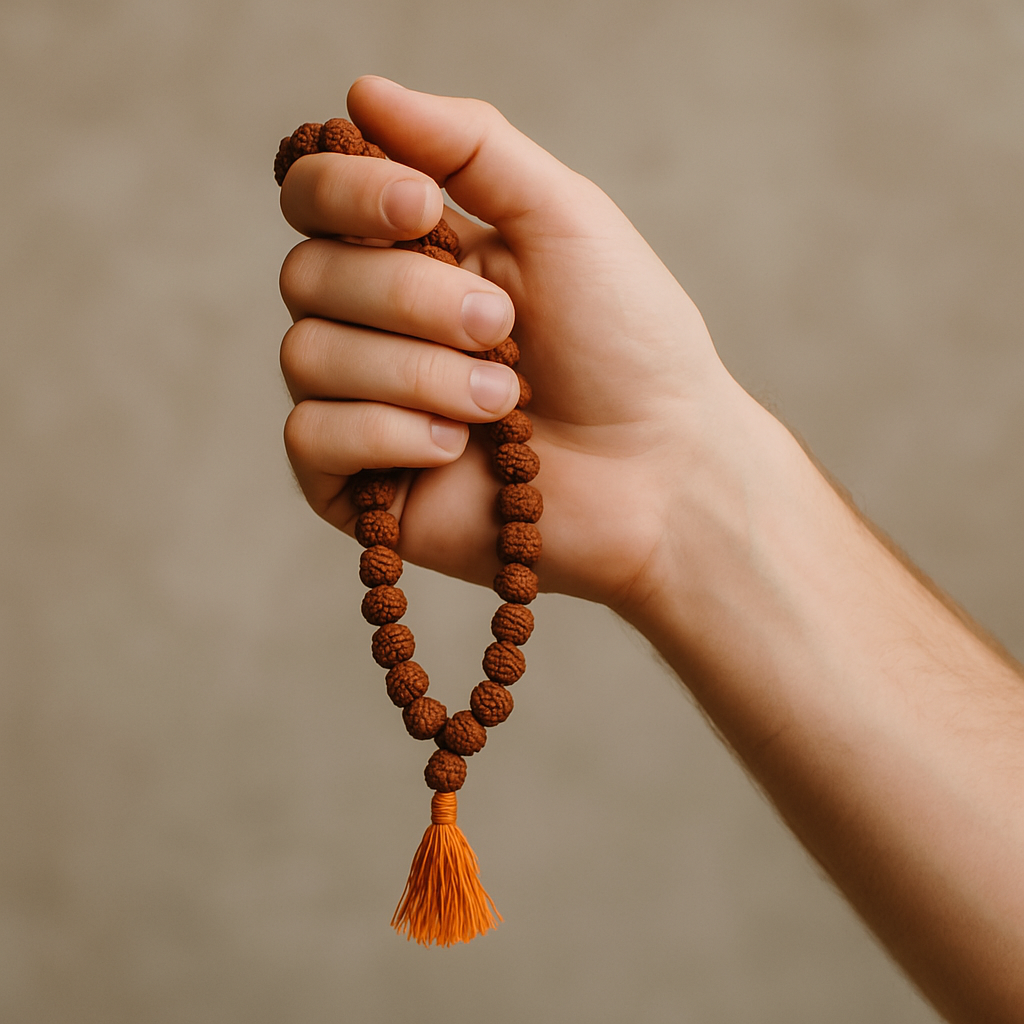

Comments 0
Leave your thought here